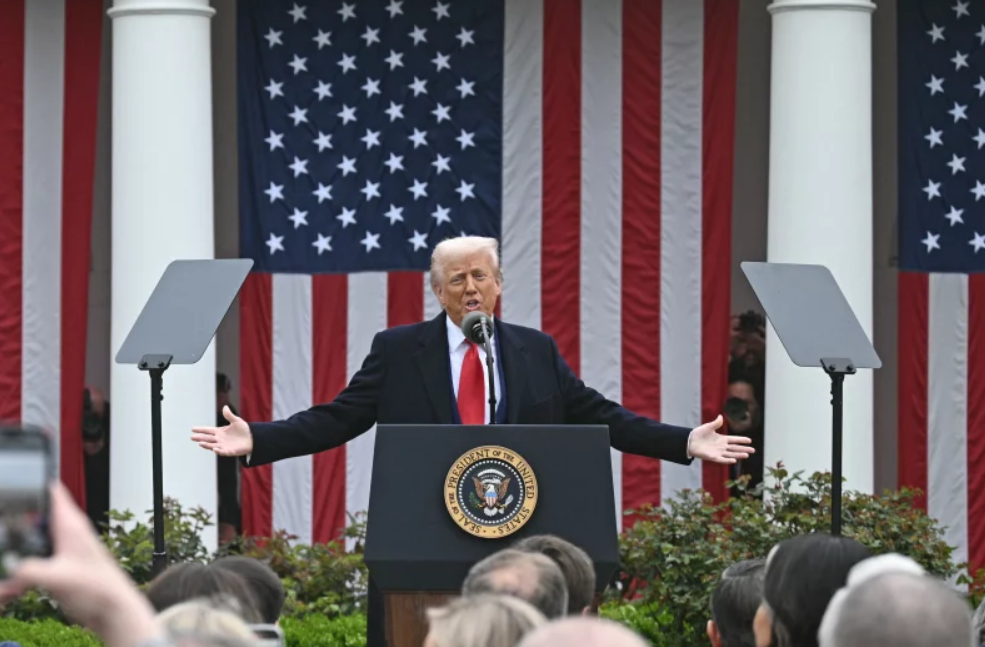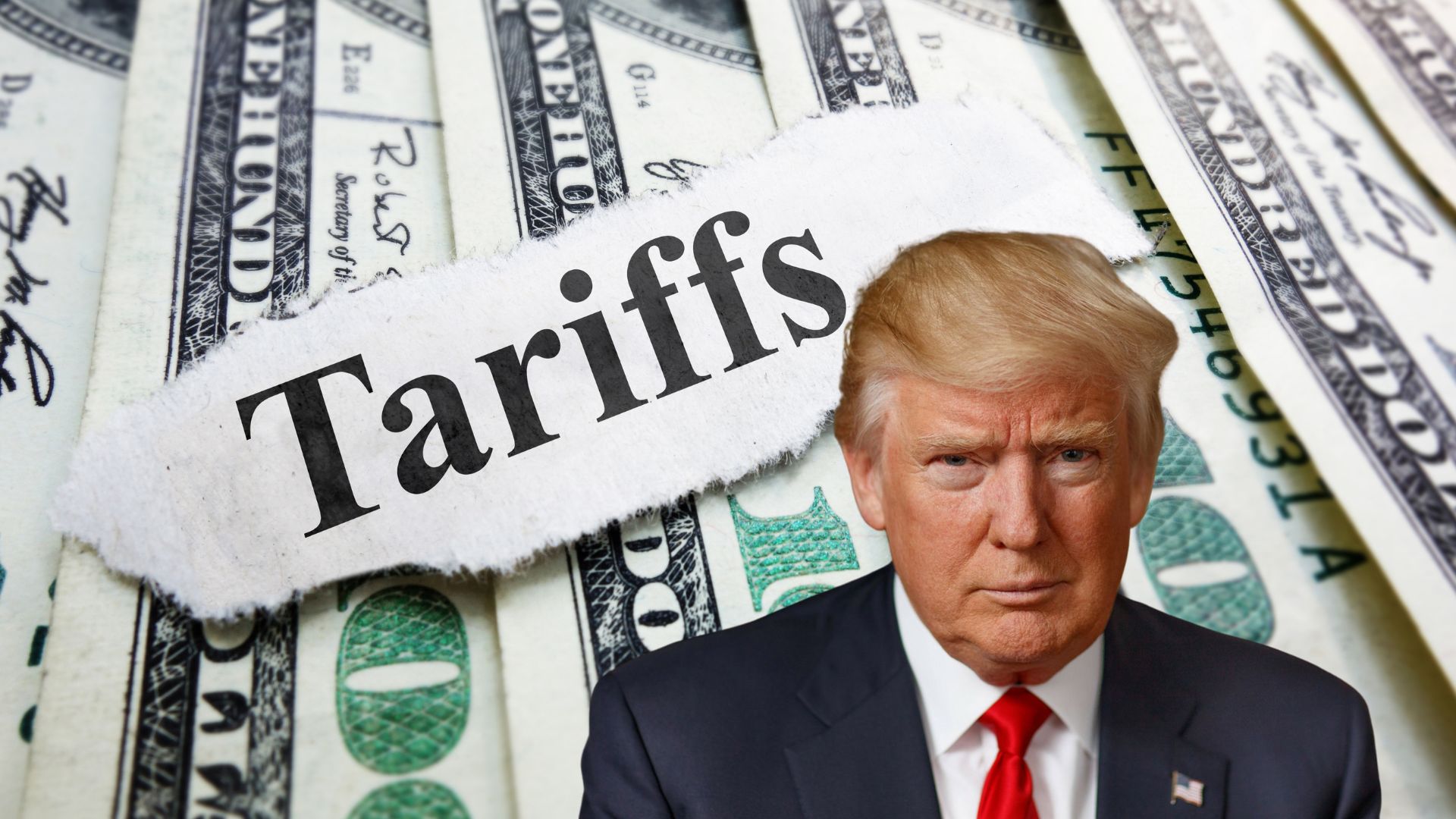- President Trump launched sweeping global tariffs, including a baseline 10% on all imports and higher rates on countries like China and Vietnam.
- Economists and state leaders warned the tariffs will raise consumer prices and hurt key industries like agriculture and manufacturing.
- Trump pitched the move as “Liberation Day,” though critics say the economic impact could be anything but liberating.
Well, it’s official. President Donald Trump rolled out what he’s calling “reciprocal tariffs” on Wednesday—slapping fresh import taxes on countries around the world, allies included. And he didn’t hold back.
Standing in the White House Rose Garden, Trump called the day a historic turning point. “April 2, 2025, will forever be remembered as the day American industry was reborn,” he said, flanked by Cabinet members, union reps, and Republican lawmakers like House Speaker Mike Johnson and Rep. Marjorie Taylor Greene.
Under the new rules, all imports will face a base 10% tariff—plus higher “reciprocal” rates for countries that already tax U.S. goods more heavily. For example, imports from China? Those now get hit with 34%. Vietnam, 46%. And the European Union? A clean 20%.
If a country charges just 10% on U.S. products—like Brazil or the U.K.—they’ll only get that same 10% in return. But everyone else? Not so lucky.
The Details (And Some Missing Ones)
The tariffs go into effect at midnight. Cars? They’re facing a separate 25% tariff, also starting tonight. Whether that stacks on top of the base 10%? That’s… still unclear. Trump didn’t address that during his speech, and the White House press team kept quiet.
Some business owners were hoping for carve-outs for certain industries. No mention of that either.
The idea behind the move, according to Trump, is to rebuild American manufacturing and make foreign competitors “pay their fair share.” He also unveiled a new initiative—something called the “External Revenue Service“—which he described as a new agency to collect revenue from foreign sources.
Yep, a play on the IRS. Except this one’s targeting tariffs, not your paycheck.
Economists Sound the Alarm
While Trump calls it economic rebirth, experts aren’t so sure.
Analysts say the tariffs are likely to hike up prices for everyday Americans. The Yale Budget Lab estimates the average household could pay an extra $2,400 to $3,400 per year. Lower-income families would feel it the most.
And it’s not just groceries. Higher prices are expected for clothing, cars, even tech gear. Anything made overseas—or even made in the U.S. using foreign parts—could get more expensive fast.
“This is the largest peacetime tax increase we’ve seen in history,” said Erica York from the Tax Foundation, a conservative-leaning think tank.
Local Leaders: ‘This Hurts Us’
In New Mexico, State Treasurer Laura Montoya warned that key sectors like agriculture and energy are especially vulnerable. The state processes a third of the cattle crossing the southwest border and relies on imports from Mexico to keep its oil and gas machinery running.
Washington State Treasurer Mike Pellicciotti echoed those concerns, saying, “He is crushing the free exchange of goods… and making life harder for working families.”
Capitol Hill Response: Mostly Critical
Democrats jumped at the chance to criticize the move. Sen. Tim Kaine called the use of emergency powers to justify tariffs on Canadian goods “reckless,” saying it threatens Virginia’s shipbuilding industry, which sources over a third of its steel from Canada.
Kaine even introduced a bill to block those tariffs—backed by 8 Democrats, 1 Republican (Rand Paul), and several major business groups, including the U.S. Chamber of Commerce.
Sen. Angela Alsobrooks of Maryland slammed Trump’s branding of the move as “Liberation Day,” saying, “He’s calling it a celebration. We call it a slap in the face.”

The Bottom Line
Trump says the U.S. could rake in $600 billion in annual revenue from the tariffs. Economists say that number is shaky, at best—since higher prices could dampen demand, reduce imports, and push businesses to scale back.
At the same time, the political calculus is clear: Trump’s betting that standing up to foreign nations will rally his base, even if it causes some short-term pain at home.
But for small business owners, farmers, and families already feeling the squeeze? That pain might not feel all that minor.

 21 hours ago
21
21 hours ago
21









 English (US) ·
English (US) ·